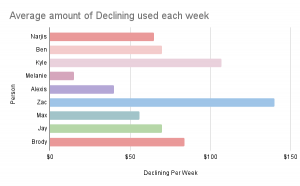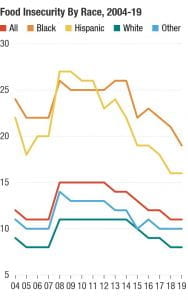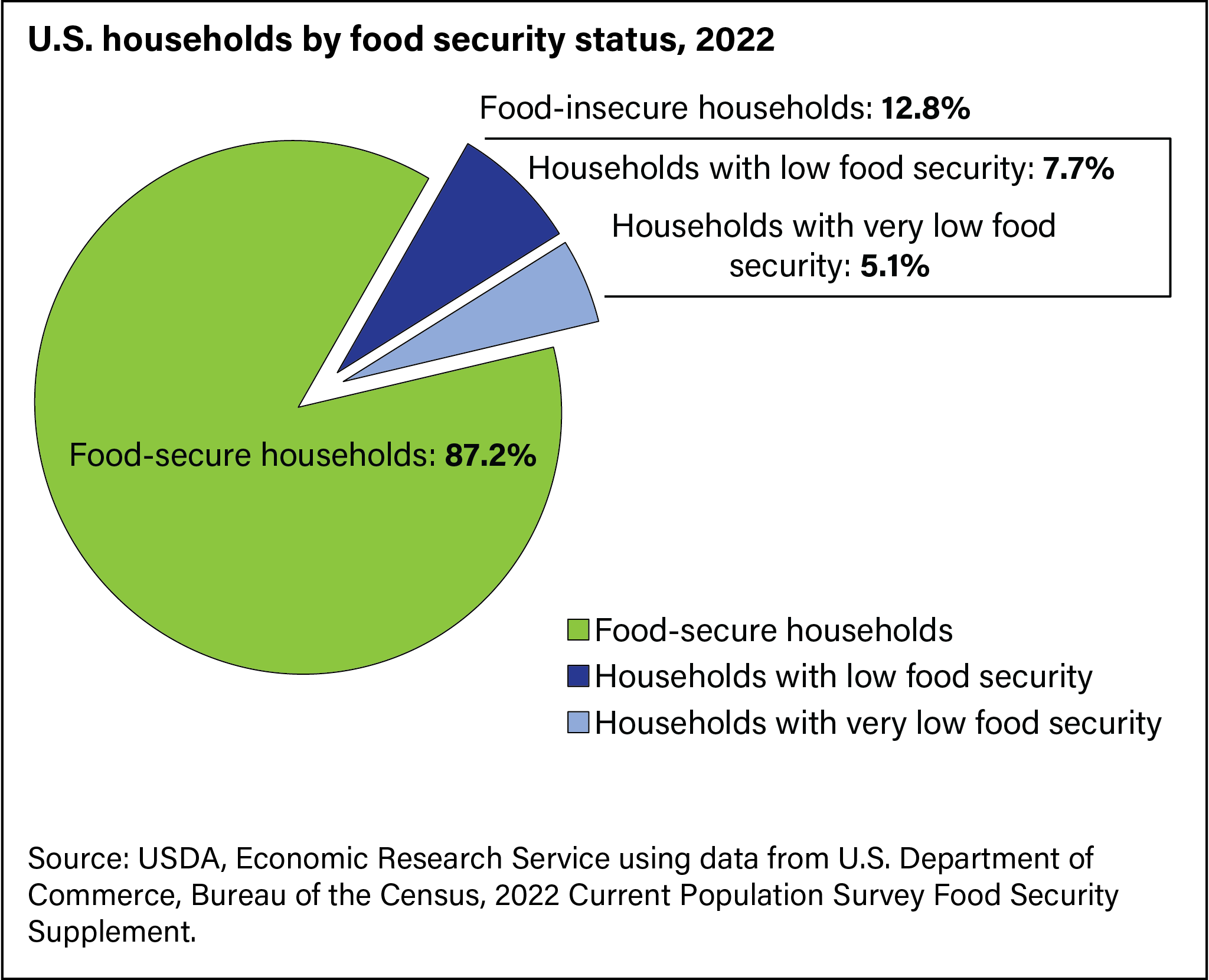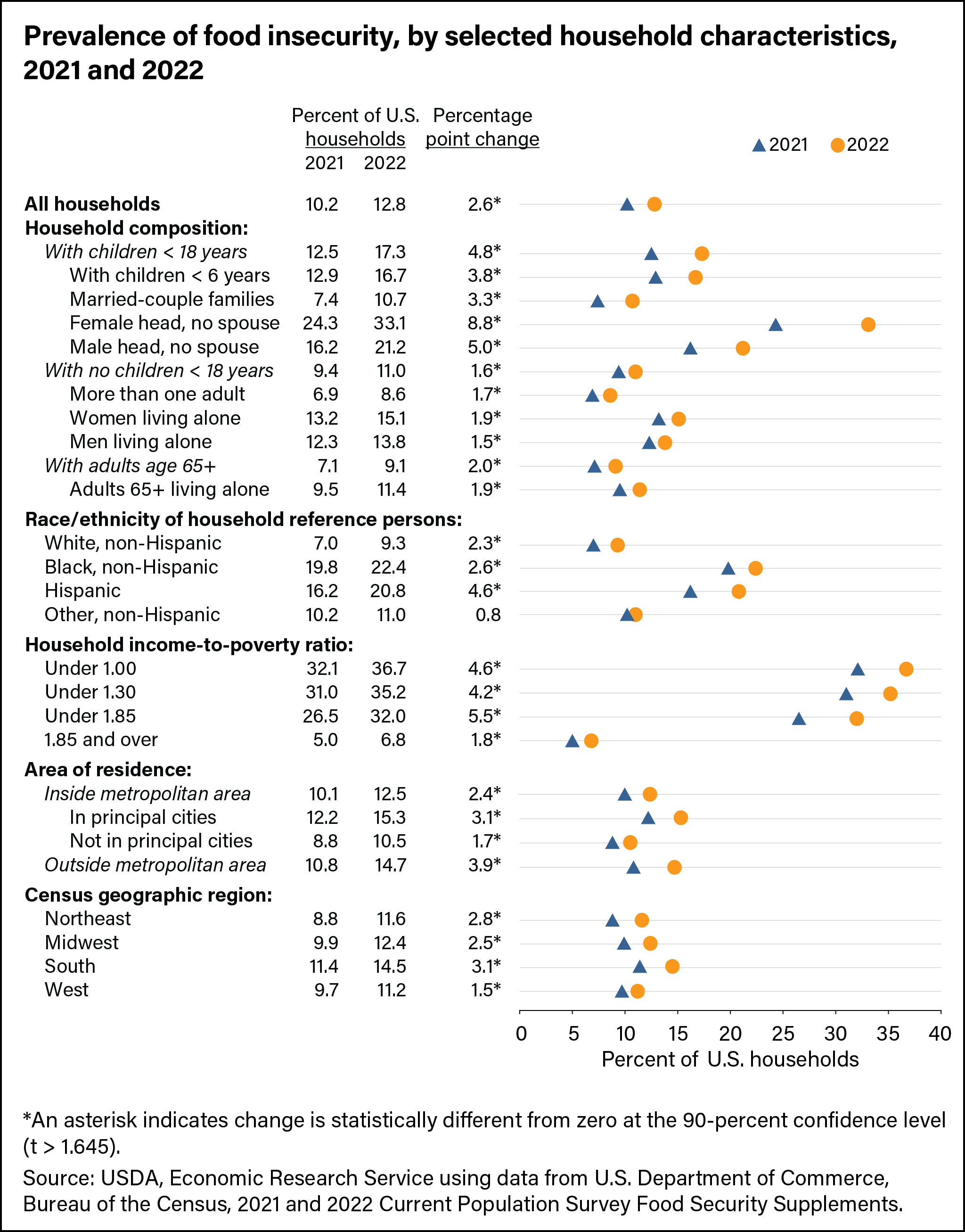Here is the link to my video:
https://youtube.com/shorts/naYwvmlmxnA?feature=share
Sources:
https://www.thegardencontinuum.com/blog/the-6-environmental-and-health-benefits-of-growing-your-own-food
https://pss.uvm.edu/ppp/articles/whygrow.html

Here is the link to my video:
https://youtube.com/shorts/naYwvmlmxnA?feature=share
Sources:
https://www.thegardencontinuum.com/blog/the-6-environmental-and-health-benefits-of-growing-your-own-food
https://pss.uvm.edu/ppp/articles/whygrow.html

This graph shows the average amount of declining these individuals spend at Union per week. Declining is used outside of the dining halls therefore every item is individually wrapped or bottled. There are no reusable dishes or cutlery. Hence the more declining spent per week, the more single-use plastics and waste there is. From this bar chart, we can infer that Zac uses and wastes the most single-use plastics.
For this Blog assignment, I made 2 charts. The first chart is a scatter plot chart. The second chart is a line chart. I inserted the links to my charts at the bottom because I can’t figure out how to insert the charts on this blog post.
For the first chart, I found that the average family wastes 180 gallons of water per week. I got this from the link below. I took that number and multiplied it by 4 to find out how much they waste in a month. I multiplied the number of gallons wasted in a month and multiplied it by 2 then 3 then 4 all the way up to twelve to see how much water is wasted for each month in a year. My first chart shows how many gallons of water the average family wastes in a year.
https://www.epa.gov/watersense/statistics-and-facts#:~:text=Water%20Stats,gallons%20of%20water%20annually%20nationwide.
For my second chart, I found out how many pounds of food are wasted by the average American in one month. I got this number from the first link below. I multiplied 20 by 1, 2, 3, all the way up to 12 to find the amount of food wasted for each month.
https://www.5280.com/2016/10/how-much-food-are-you-wasting/#:~:text=The%20average%20American%20wastes%20around,wastes%20nine%20pounds%20per%20week.
Chart 1: https://docs.google.com/spreadsheets/d/1-jinw_hxVzHjQrjhTdICHVJsv8g13ahH0ajJmawfEXU/edit?usp=sharing
Chart 2: https://docs.google.com/spreadsheets/d/1qin9nFouNjJ76o2g7SPIu-Onwz_c8ffmmFuWSRN7rSc/edit?usp=sharing
Food insecurity is defined as a household-level economic and social condition of limited or uncertain access to adequate food. This is an unfortunate but prevalent problem in our world and nation today. Data also shows that food insecurity happens in some communities more than others. Specifically, data shows that Black and Hispanic Americans are particularly disproportionately affected. Identifying these inequalities/inadequacies is the first step in attempting to correct/fix them. According to USDA data, 19.1% of Black households and 15.6% of Hispanic households experienced food insecurity in 2019. White Americans fell below the national average, with 7.9% experiencing food insecurity.These percentage statistics portray how common food inadequacies are among Americans and how race plays a role. It is difficult for many of us to imagine not having enough food in our stomachs or worrying about our next meal(s), but that is a sad reality facing Americans. Outside of race, food insecurities appear to be directly affected by level of education and ability to work. College graduates experienced food insecurity at a rate of just 5% last year. For those without a high school degree, the rate skyrocketed to 27%. Adults who have a disability — in particular adults who have a disability and are not in the work force — also experience more than two times the rate of food insecurity as adults who do not have a disability. It is interesting to see how a college degree (and lack thereof one) impact rates of food insecurity. I think it is safe to say that there is a direct link between financial situations and food insecurities based on these statistics, with obtaining a job affecting one’s ability to buy and consume food for themselves and their families. I would be interested to know how common food adequacies are in the state of New York and Schenectady. The graph below shows how food insecurity is affected by race.

Works Cited:
https://www.npr.org/2020/09/27/912486921/food-insecurity-in-the-u-s-by-the-numbers
During the Covid 19 virus outbreak, this left many families coping with insecurities such as food, income, and health. With many people losing their jobs due to the worldwide shutdown, this impacted the food insecurity issue. Without jobs there was not a constant income coming into families homes that they could use for necessities such as food. The impact of Covid 19 on food security has a common theme of different races being differently affected. As presented in the chart below, it depicts the food insecurities by race with a variable of whether the family had children or overall. As we can see, the black and hispanic race was much more affected by Covid 19 in relation to food security. This chart was found in a study on whether the families had thought about food in the last seven days. The black communities suffered from Covid 19 food insecurity most prominently as shown in the chart at 23%. Whereas the Asians and White race were suffering less but it also depicts how all races had been affected by food insecurities during Covid. As the United States recovers from the pandemic, society must intend to help the families in need whether that’s through governmental funding or radical changes such as access to food banks and pantries. Although food insecurities is a major suffrage of Covid, there are several other social justice issues that the American society is working toward. Charts like the one below can visually present the effects Covid has had, and there are many other charts for other social justice issues.

References:
https://econofact.org/who-does-not-have-enough-to-eat-in-america
The issue of food insecurity is one that is very prevalent in the United States. Food insecurity, according to the USDA, can be defined in different ranges; either low food security or very low food insecurity. Low food security is when the quality or variety of one’s diet is undesirable, with not much, if any, reduced food intake. Very low food security is different from low food security in that reports of reduced food intake are made as well as the issues that are seen in low food security. Food is something that those who have never faced food insecurity often take for granted, however, for people who have faced it, it is a major issue, while affecting different groups of people in the United States disproportionately. As seen in the graph below, 10.5 percent of U.S. households in 2020 were food insecure and, of these households, 6.6% had low food security and 3.9% had very low food security.

However, as I mentioned before, different households were more likely to have experienced food insecurity than others in the United States. For instance, as seen in the graph below, rates of food insecurity were much higher in Black (21.7%) and Hispanic (17.2%) households, showing how food insecurities disproportionately affect people of different races in the U.S. Households helmed by a single woman with children were also much more likely to become food insecure, with 27.7% of them being food insecure.

Nutrition is a major factor into one’s health and those who are food insecure are less likely to have the nutrition one needs to live happy, healthy lives. Until food insecurity for everyone is solved in the United States without the disparities in different groups as seen above, food security and insecurity will remain a major contributing factor to health problems for many in the U.S.
Often when we throw out leftovers, or walk through a grocery store with many unsold items set to expire the next day, we don’t think anything of it. To many people, food waste is just another part of life; however, it is actually a major problem which is growing every year. Wasted food is defined as food not used for its intended purpose; common examples include uneaten prepared food and plate waste. While some uneaten food is donated to feed people, much of it ends up in landfills. The amount of food wasted each year is great, as according to the EPA, “ about 63 million tons of wasted food were generated in the commercial, institutional, and residential sectors, with about 32 percent being managed by animal feed, bio-based materials/biochemical processing, codigestion/anaerobic digestion, composting, donation, land application, and sewer/wastewater treatment” in 2018. So, just how much food is 63 million tons? According to an estimate from The Food and Agriculture Organization of the United Nations in 2011, about ⅓ of all food produced for human consumption is wasted. Food waste is a large global issue and continues to be pervasive to today.
In order to combat the issue of food waste, there are some methods that can be employed in our day-to-day lives. For instance, to help quell food waste at home, you can pay extra attention to what you buy in the grocery store; do not buy in bulk unless you know you can consume all of the items before they go bad. Learn how to store produce correctly, so it lasts longer and less food has to be thrown away. Plan what you are going to eat during the week before you go shopping, so none of your food goes to waste. If we all try to employ these habits in our daily lives and are a little more conscious when it comes to food waste, we can help to minimize a major sustainability issue.
https://www.epa.gov/sustainable-management-food/sustainable-management-food-basics
https://www.epa.gov/recycle/preventing-wasted-food-home